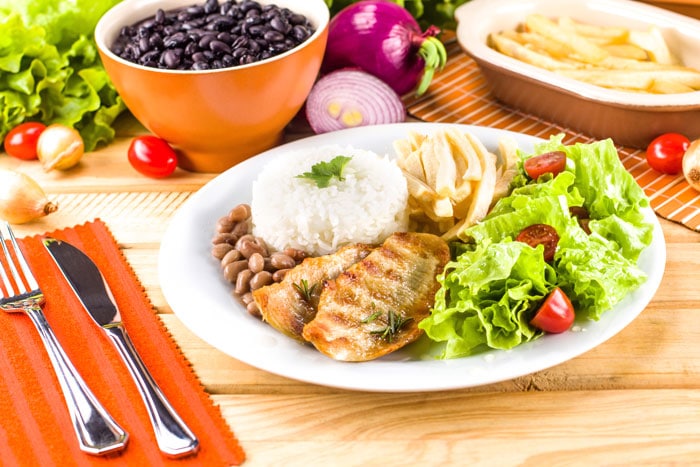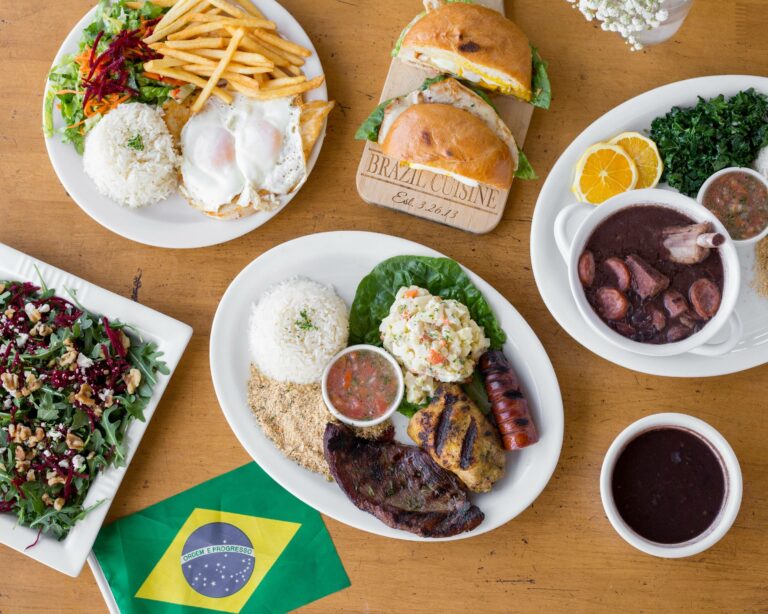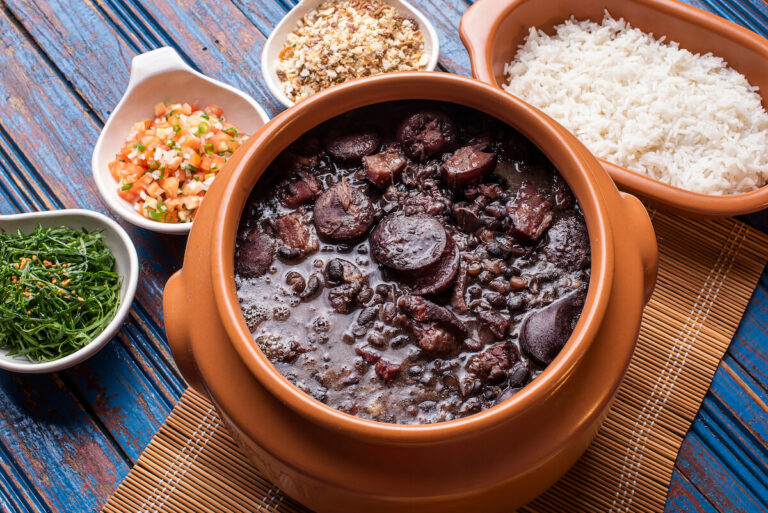Introduction
Brazilian cuisine is known for its vibrant flavors and colorful dishes, but it also boasts a wide variety of delectable desserts. From rich and creamy puddings to sweet and chewy candies, Brazilian desserts have something to satisfy every sweet tooth. In this article, we will explore some of the most popular desserts in Brazilian cuisine.
Brigadeiro
Brigadeiro is a beloved Brazilian dessert that is often served at birthday parties and other celebrations. This sweet treat is made from condensed milk, cocoa powder, butter, and chocolate sprinkles. The mixture is cooked over medium heat until it thickens and can be rolled into small, bite-sized balls. Brigadeiros are rich, chocolatey, and oh-so-decadent, making them a favorite among Brazilians and visitors alike.
Pudim de Leite Condensado
Pudim de Leite Condensado, or condensed milk pudding, is a traditional Brazilian dessert that is similar to flan. This creamy pudding is made from a mixture of condensed milk, eggs, and vanilla extract, which is then baked in a water bath until set. The result is a smooth, silky pudding that is sweet and satisfying. Pudim is often served with a drizzle of caramel sauce on top, adding an extra layer of sweetness.
Beijinho
Beijinho, which means “little kiss” in Portuguese, is a small, coconut-flavored candy that is a staple at Brazilian celebrations. These bite-sized treats are made from condensed milk, coconut, butter, and sugar, and are rolled into small balls. Beijinhos are coated in granulated sugar and topped with a clove, giving them a festive and elegant appearance.
Quindim
Quindim is a traditional Brazilian dessert that originated in the state of Bahia. This sweet treat is made from a mixture of egg yolks, sugar, butter, and shredded coconut, which is then baked in small, round molds until golden and set. Quindim is known for its rich, custard-like texture and sweet, coconut flavor, making it a popular dessert throughout Brazil.
Bolo de Fubá
Bolo de Fubá, or cornmeal cake, is a simple but delicious dessert that is popular throughout Brazil. This cake is made from a mixture of cornmeal, flour, sugar, eggs, milk, and oil, which is then baked until golden and fluffy. Bolo de Fubá has a slightly sweet, cornbread-like flavor and pairs well with a cup of coffee or tea.
Churros
Churros, while not originally from Brazil, have become a popular dessert in the country in recent years. These fried dough pastries are made from a mixture of flour, water, and salt, which is then piped into long, thin strips and fried until crispy. Churros are often coated in cinnamon sugar and served with a side of dulce de leche for dipping.
Cocada
Cocada is a sweet and chewy candy that is made from shredded coconut and sugar. This popular dessert comes in many varieties, including white, brown, and pink. Cocada is often sold by street vendors in Brazil and is a favorite among locals and visitors alike. Its sweet, coconut flavor and chewy texture make it a satisfying dessert that is not too heavy.
In conclusion, Brazilian cuisine has a wide variety of sweet treats to offer. From rich and decadent puddings to sweet and chewy candies, there is something to satisfy every sweet tooth. Whether you are celebrating a special occasion or simply indulging in a sweet treat, Brazilian desserts are sure to delight.



